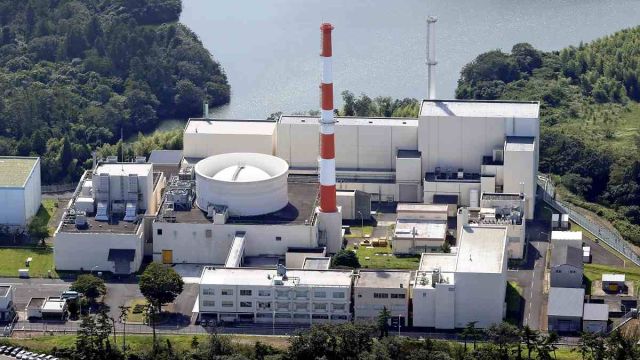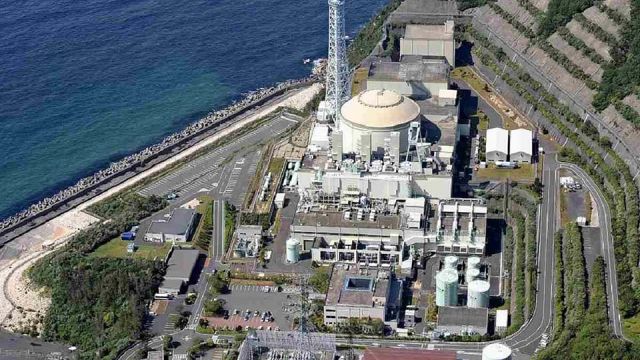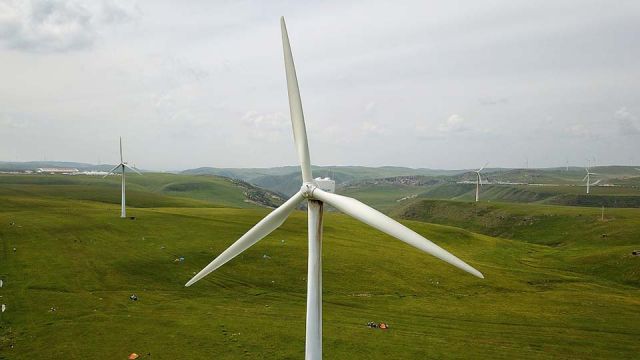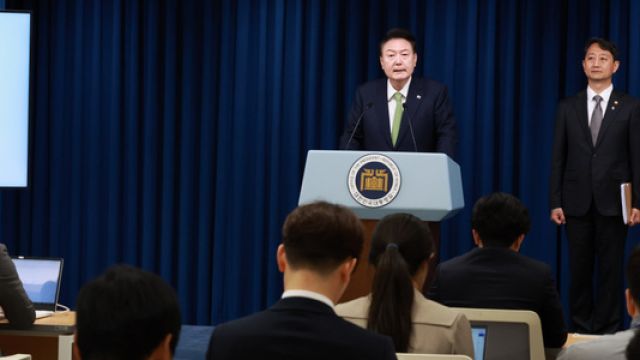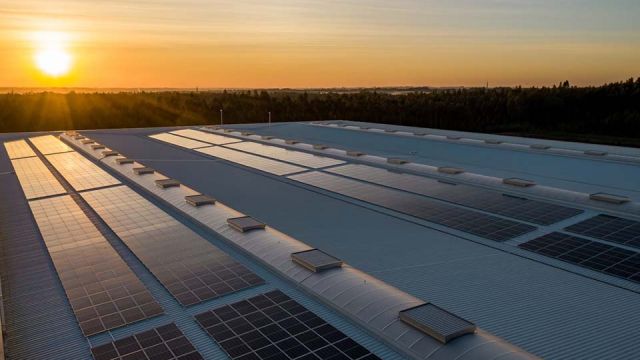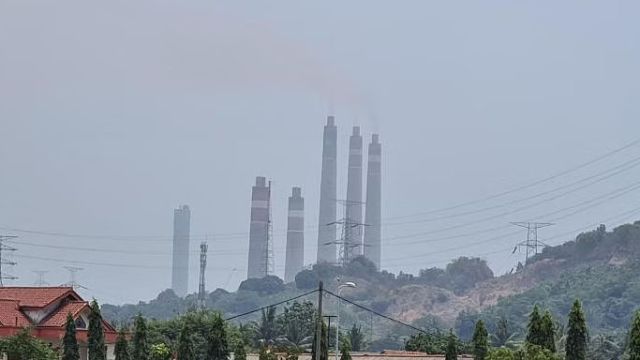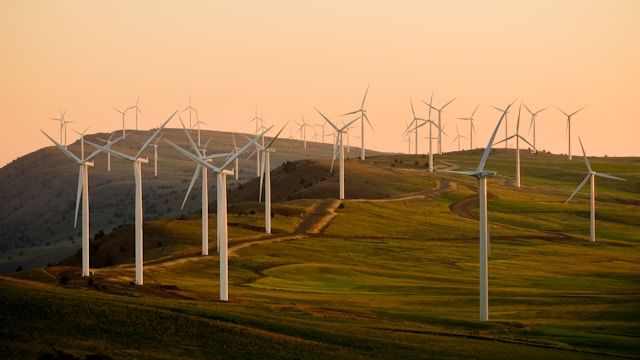Japan to pursue fuel production for fast reactors to avoid shortage, protect energy security
Construction of a new plant will be considered to produce fuel for the Joyo experimental fast reactor in Oarai, Ibaraki Prefecture, is currently not in operation. The aim is to…

